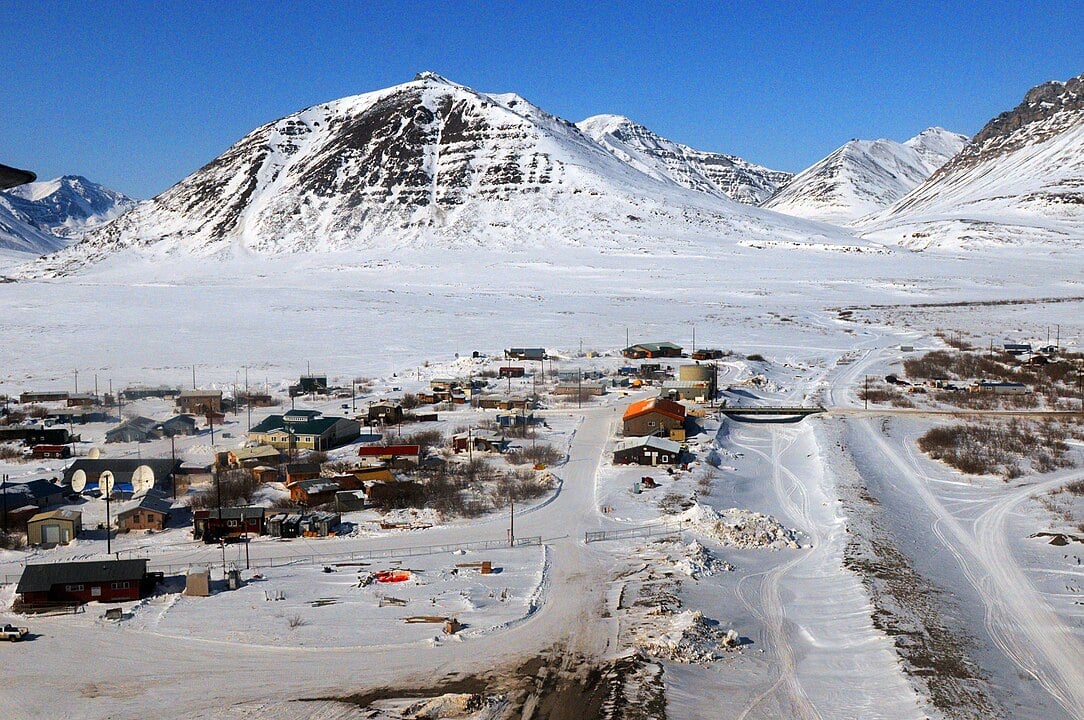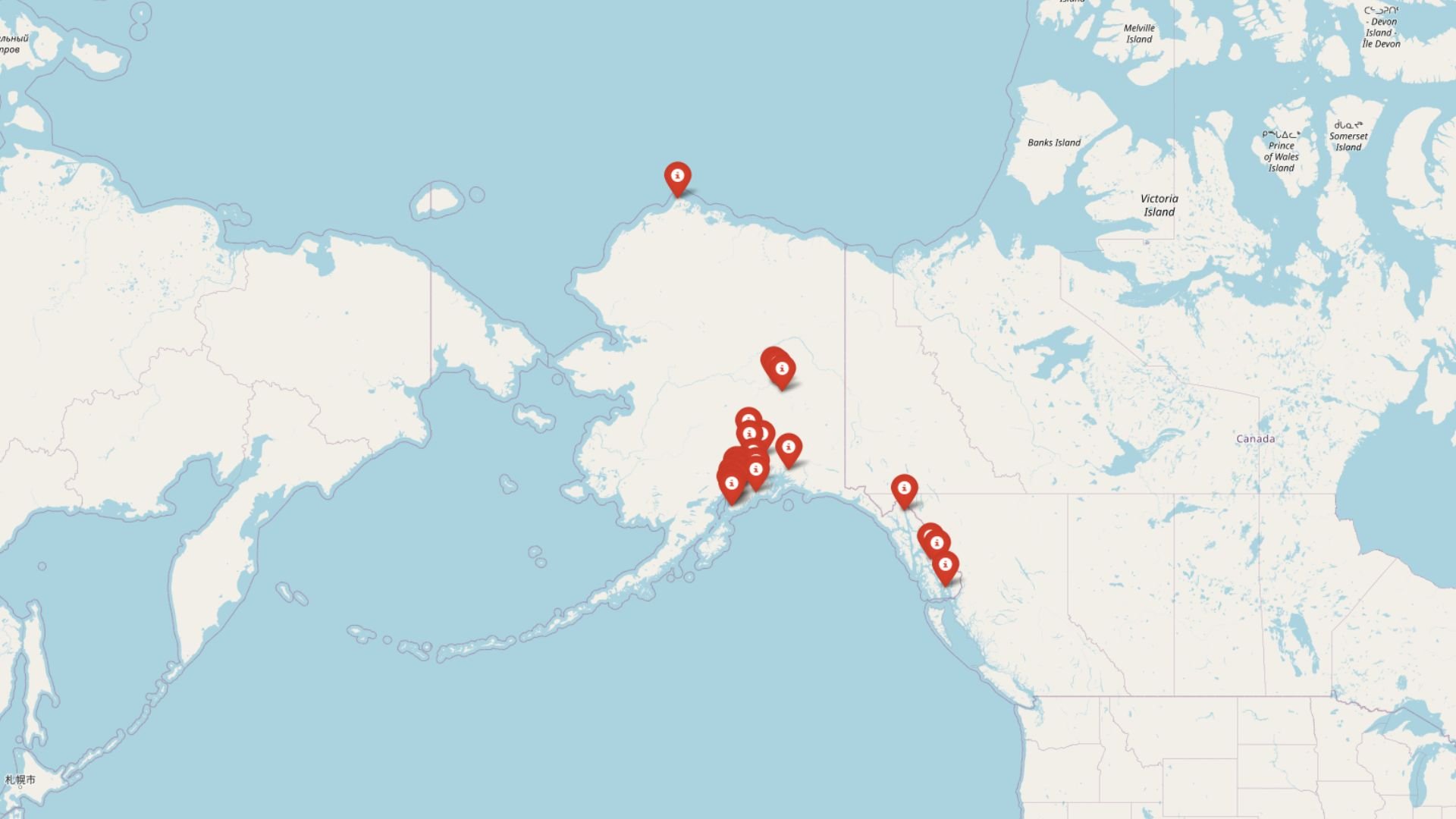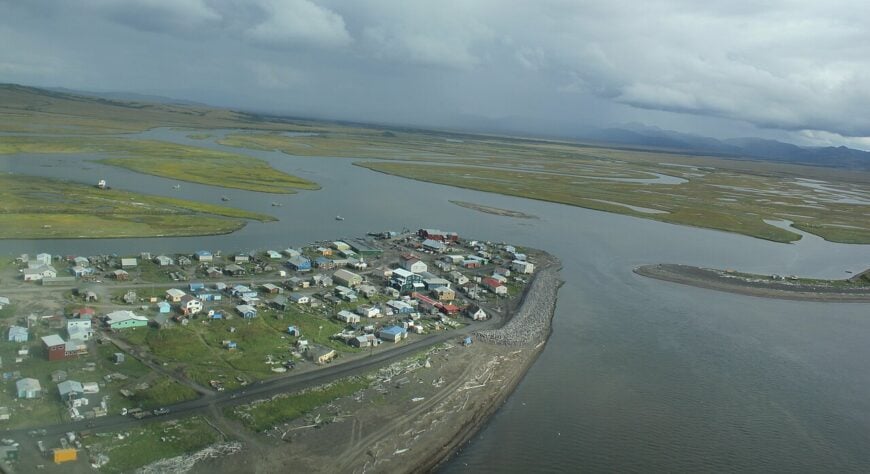
If you’re yearning for a place where the modern world’s noise fades into the background, Western Alaska offers some of the most remote and tranquil towns imaginable. I’ve always been fascinated by these hidden gems, where life moves at its own pace, and nature’s beauty is untouched and all-encompassing.
From coastal havens nestled between mountains to quiet villages embraced by the tundra, these towns provide a unique escape into the wild. Join me as I count down my top ten secluded towns in Western Alaska, each offering its own blend of serenity, culture, and breathtaking landscapes.
10. Goodnews Bay: Hidden Among Mountains
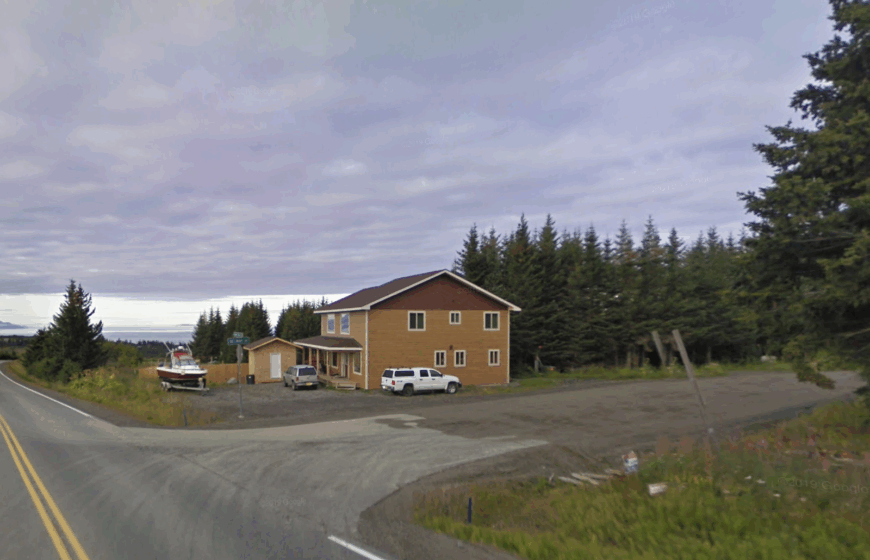
Goodnews Bay is a small village with a population of around 250 people, tucked away between mountain ranges and the Bering Sea. I love how this town offers a serene atmosphere perfect for those looking to immerse themselves in nature.
Fishing is a significant activity here, both commercially and for subsistence, with locals and visitors alike enjoying salmon and herring fishing. The area is also known for its platinum mining history, which adds a unique touch to its quiet charm.
What makes Goodnews Bay truly secluded is its remote location, accessible primarily by boat or small aircraft, and the surrounding mountains that shield it from the rest of the world.
Where is Goodnews Bay?
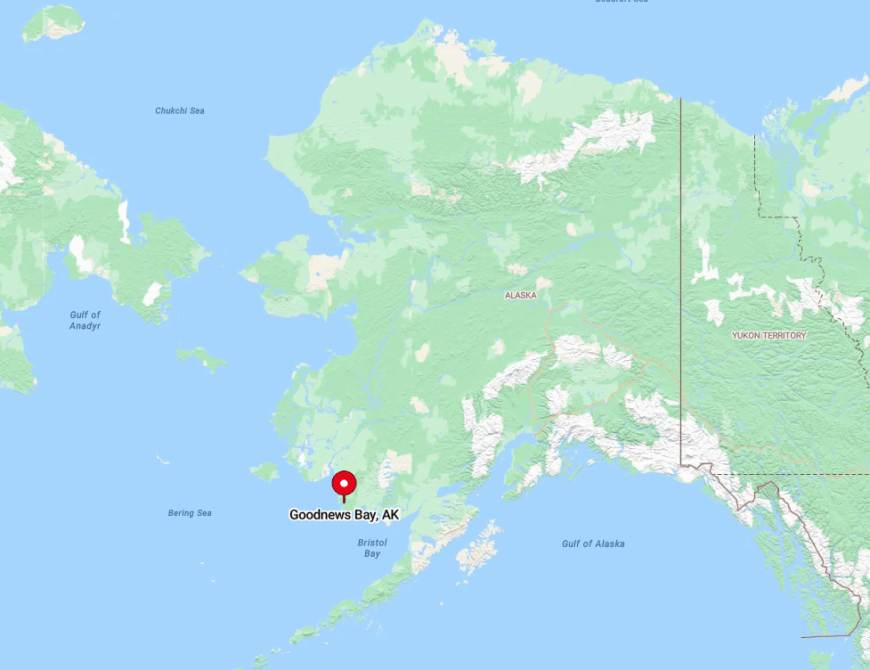
Located on the coast of the Kuskokwim Bay in Western Alaska, Goodnews Bay sits about 120 miles south of Bethel. Its seclusion is heightened by the rugged terrain and the absence of connecting roads, making it feel like a hidden paradise.
To get there, you can take a small plane from Bethel or Dillingham, which to me adds an element of adventure right from the start. The isolation provided by the mountains and the sea ensures that Goodnews Bay remains a tranquil retreat away from the bustle of city life.
9. Nightmute: The Quiet Heart of Nelson Island

Nightmute is a peaceful village with approximately 300 residents, situated on Nelson Island. I find that this town offers a glimpse into traditional Yup’ik Eskimo life, with activities like fishing, hunting, and berry picking being central to the community.
The town doesn’t have much in the way of commercial industries, which contributes to its quiet, laid-back atmosphere. Nightmute’s seclusion stems from its remote island location and the lack of road connections, making it a place where you can truly disconnect and enjoy the vast Alaskan landscapes.
Where is Nightmute?

Nestled on Nelson Island in the Bering Sea, Nightmute is located about 100 miles west of Bethel. Its seclusion is due to the surrounding waters and the expansive tundra that stretches in every direction.
Accessing Nightmute typically involves a flight on a small plane from Bethel or other nearby hubs. For me, the journey itself underscores the remoteness of the village, as you soar over endless stretches of untouched wilderness before landing in this serene haven.
8. Kipnuk: Embraced by the Tundra
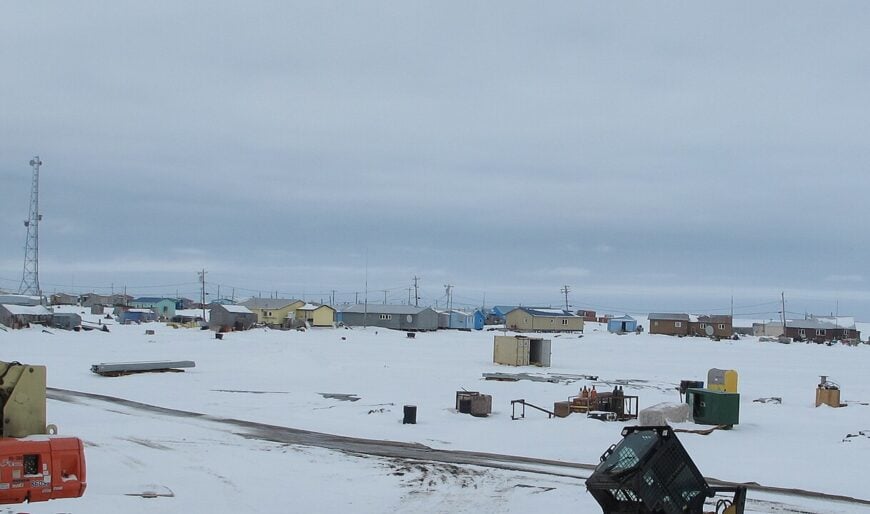
Kipnuk is a remote village with a population nearing 700 people, surrounded by miles of open tundra and winding waterways. The community thrives on fishing and subsistence living, with little in the way of modern industry.
I appreciate how life in Kipnuk revolves around the rhythms of nature, offering a quiet lifestyle far removed from urban hustle. Its seclusion is amplified by the vast, flat landscapes that envelop the town, making it feel like a world unto itself.
Where is Kipnuk?
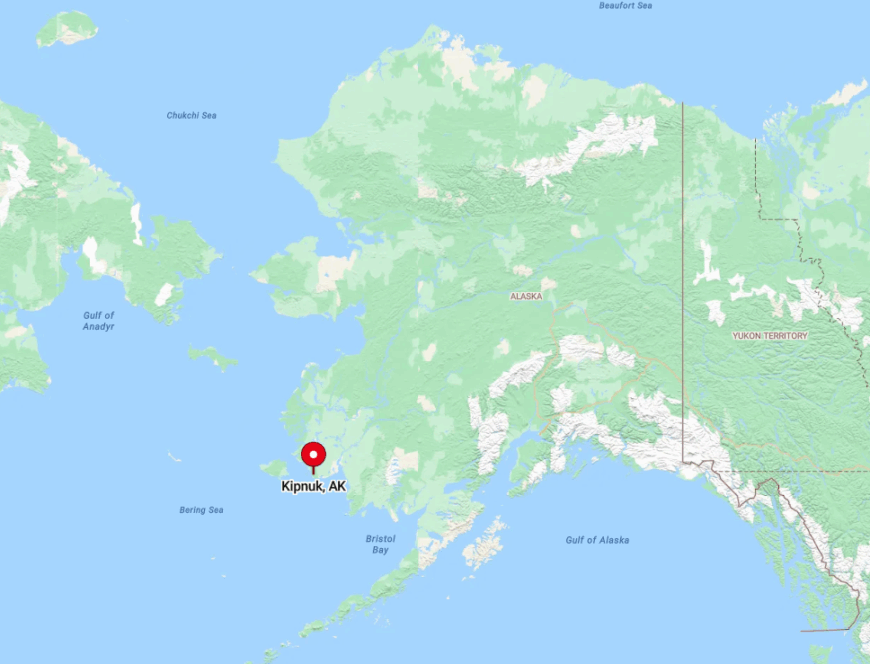
Situated in the Yukon-Kuskokwim Delta region, Kipnuk lies about 100 miles southwest of Bethel. The town’s remote location amidst the tundra and its lack of road access contribute to its isolated charm.
To reach Kipnuk, one must travel by air, typically from Bethel, or navigate the intricate network of waterways during certain seasons. I find that the journey to Kipnuk enhances the sense of seclusion, as you leave behind the familiar and enter a landscape defined by its vastness and tranquility.
7. Shaktoolik: Between the Mountains and the Sea

With a population of about 250 people, Shaktoolik is a coastal village nestled between the Norton Sound and rugged inland terrain. The town is known for its fishing and subsistence hunting, with residents relying on the sea and land for their livelihoods.
I am drawn to Shaktoolik for its stunning natural beauty, where you can witness the meeting of mountains and ocean in a truly remote setting. Its seclusion is due to its location on a narrow spit of land and the absence of nearby urban centers.
Where is Shaktoolik?
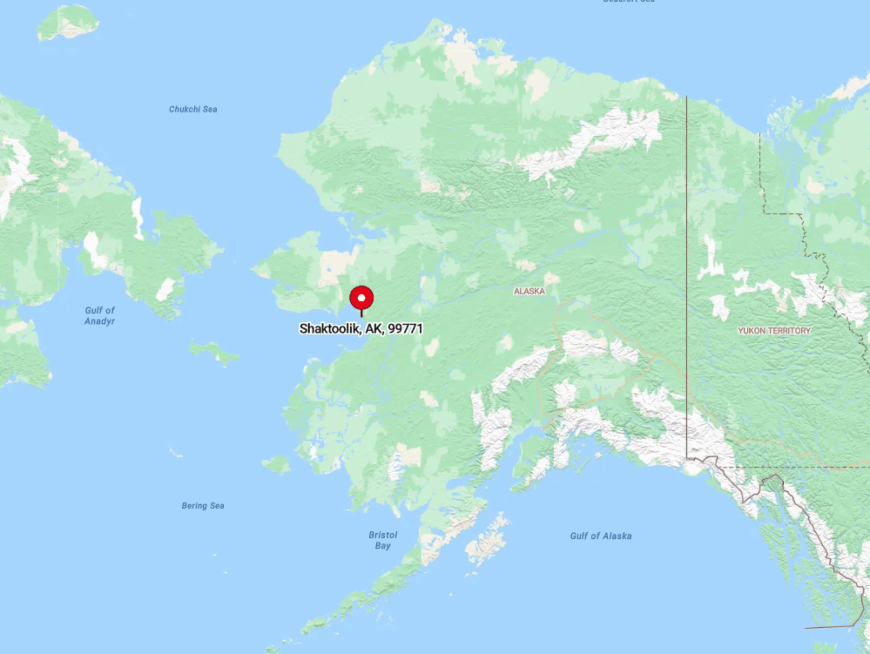
Shaktoolik is located on the eastern shore of Norton Sound, about 125 miles east of Nome. The town’s isolation is heightened by the surrounding wilderness and the lack of road connections to other communities.
Reaching Shaktoolik typically involves a flight from Nome or other regional hubs. To me, the town’s remote coastal location makes it a perfect escape for those seeking solitude amid Alaska’s wild landscapes.
6. Chevak: The City of Migrating Birds
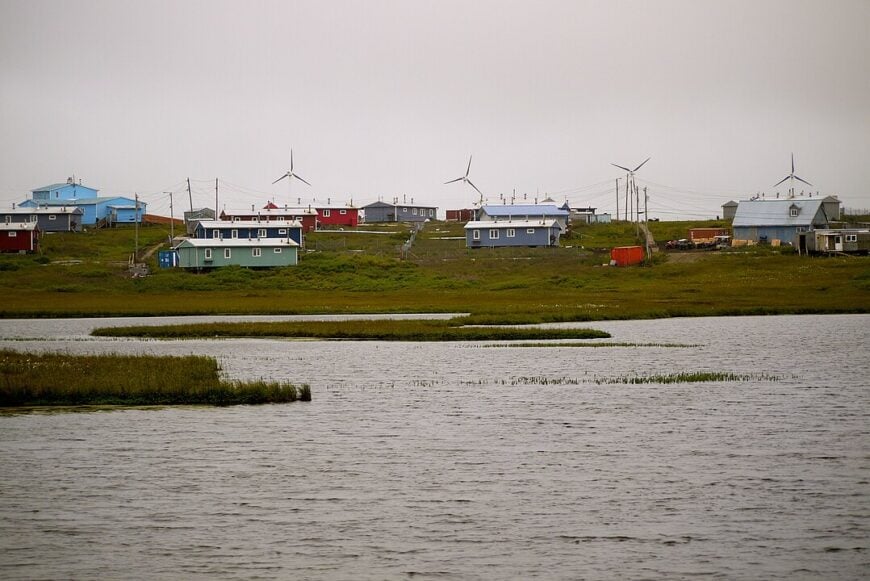
Chevak is home to around 1,000 residents and is situated in the heart of the Yukon-Kuskokwim Delta. The town is renowned for its abundance of wildlife, especially migratory birds, making it a paradise for birdwatchers and nature enthusiasts.
Subsistence activities like fishing and hunting are central to life here, and there are few modern industries. Chevak’s seclusion comes from its natural barriers—vast wetlands and river systems—that isolate it from other communities.
Where is Chevak?

Located approximately 130 miles southwest of Bethel, Chevak sits amidst the expansive wetlands of the Yukon-Kuskokwim Delta. The town’s remoteness is accentuated by the surrounding marshes and the absence of road infrastructure.
Access is primarily by air, with flights connecting from regional centers like Bethel. For me, arriving in Chevak feels like stepping into a different world, one where nature’s rhythms dictate the pace of life.
5. Togiak: Wilderness by the Bay

Togiak is a small town with about 800 residents, located near the Togiak National Wildlife Refuge. The town offers unspoiled vistas and a tranquil setting that’s ideal for outdoor enthusiasts. Fishing is both a subsistence activity and a commercial enterprise here, with salmon being a significant catch.
What I love about Togiak is its proximity to pristine wilderness areas, making it a perfect spot for hiking, wildlife viewing, and experiencing true solitude. Its seclusion is due to its remote location away from major urban centers and limited access routes.
Where is Togiak?
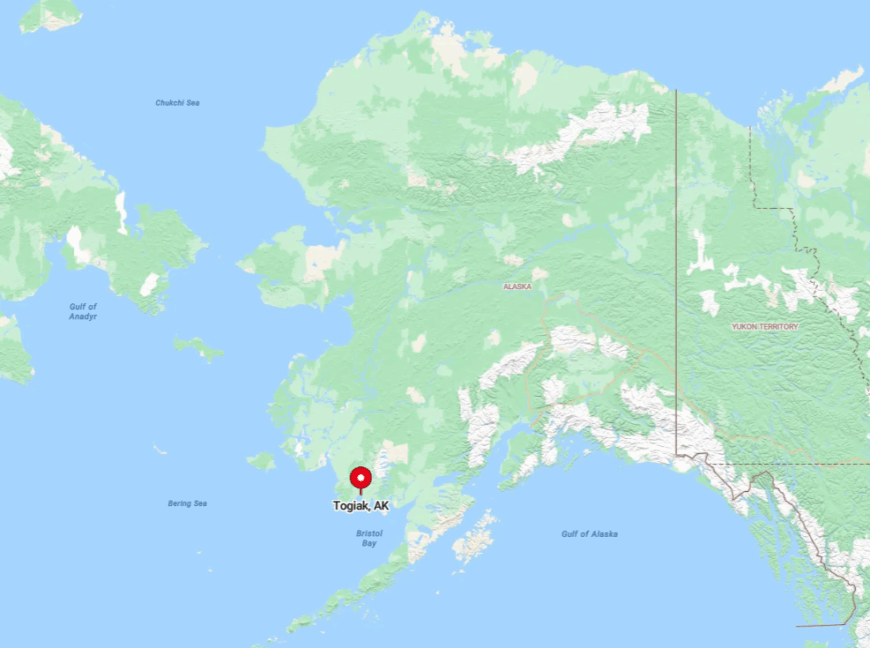
Togiak is situated on the northwest coast of Togiak Bay, about 67 miles west of Dillingham. The town is accessible mainly by air and by boat during certain seasons. The surrounding wilderness and lack of road connections enhance its isolation.
To reach Togiak, you can take a flight from Dillingham, which I find offers breathtaking views of the bay and the vast landscapes that make this region so special.
4. Savoonga: Gateway to Walrus Island
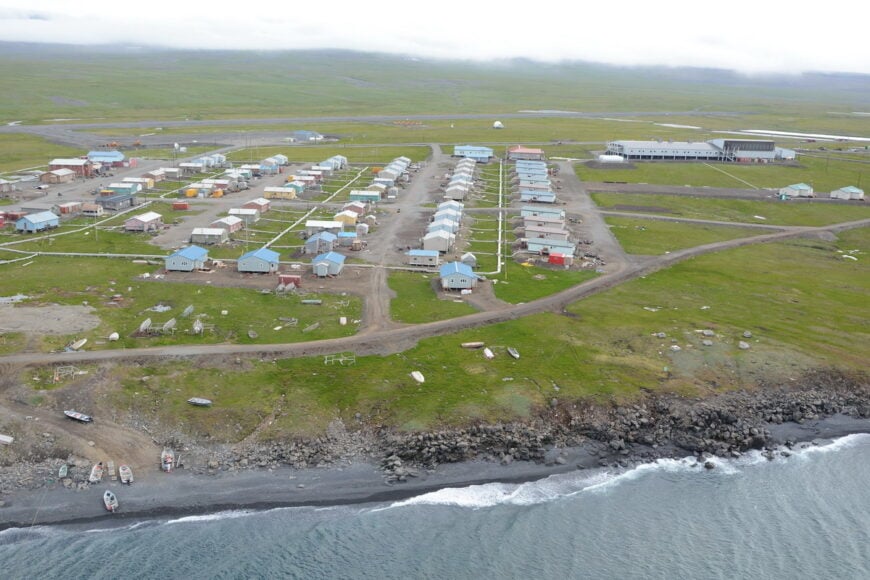
Home to around 700 people, Savoonga is located on St. Lawrence Island in the Bering Sea. The village is deeply rooted in indigenous culture, with residents primarily engaged in subsistence hunting of marine mammals like walrus and seals.
I’m fascinated by Savoonga’s Arctic environment, expansive tundra, and the unique traditions that continue to thrive here. Its seclusion is accentuated by its island location and the vast ocean that separates it from mainland Alaska.
Where is Savoonga?
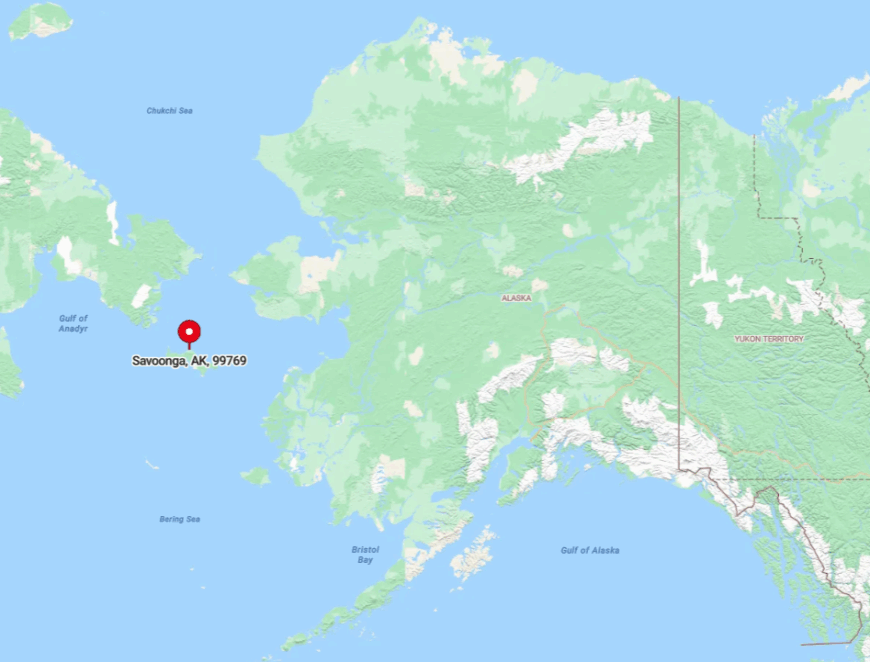
Savoonga lies on the northern coast of St. Lawrence Island, about 164 miles west of Nome. The village is accessible only by air, with flights from Nome being the primary means of transportation.
The remoteness of St. Lawrence Island, surrounded by the Bering Sea, makes Savoonga one of the most isolated communities I’ve encountered. The journey there is an adventure in itself, offering a glimpse into a way of life that’s closely connected to the Arctic environment.
3. Mekoryuk: Serenity on Nunivak Island
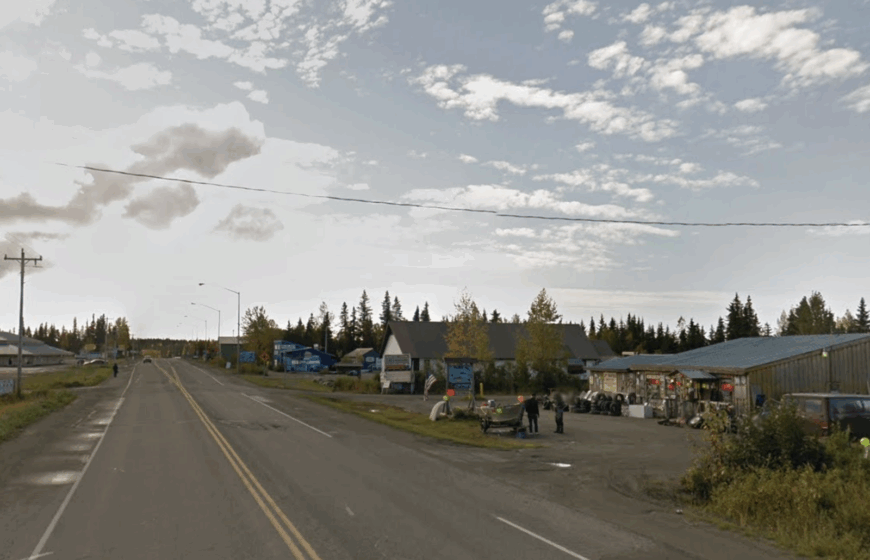
Mekoryuk is a small community of approximately 200 people, located on Nunivak Island in the Bering Sea. The island is known for its untouched natural landscapes, including rugged coastlines and rolling tundra.
I find Mekoryuk’s isolation appealing, as it offers a serene environment perfect for wildlife photography and experiencing the raw beauty of Alaska. The main industries are subsistence hunting and fishing, with little outside influence disrupting the traditional way of life.
Where is Mekoryuk?
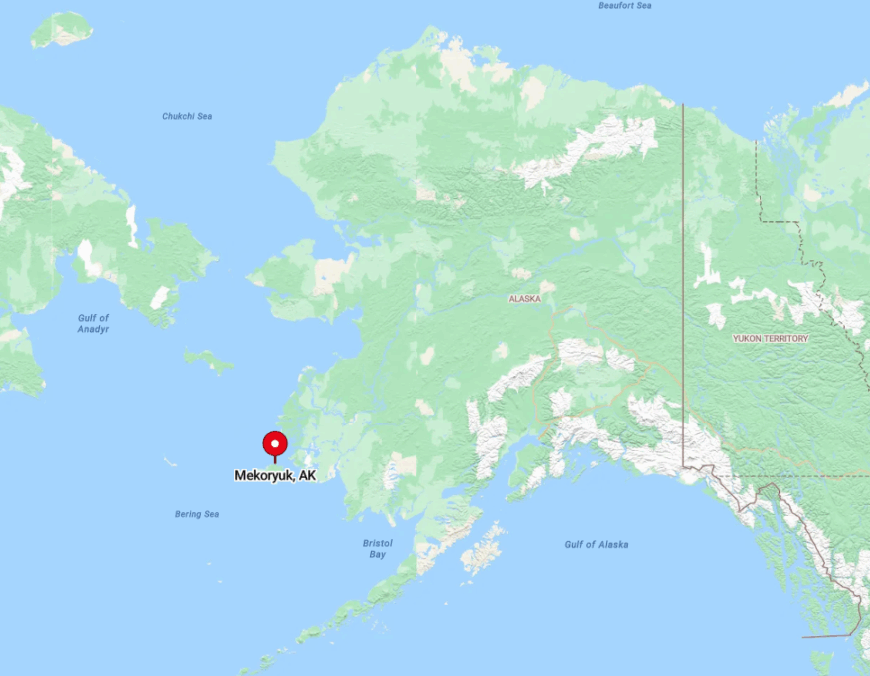
Sitting on the northeastern shore of Nunivak Island, Mekoryuk is about 150 miles west of Bethel. The town is accessible only by air, typically via flights from Bethel.
The vast expanse of the Bering Sea and the absence of regular transportation links contribute to its seclusion. For me, reaching Mekoryuk feels like stepping off the edge of the map, into a world where nature reigns supreme.
2. Emmonak: Life at the Yukon Delta
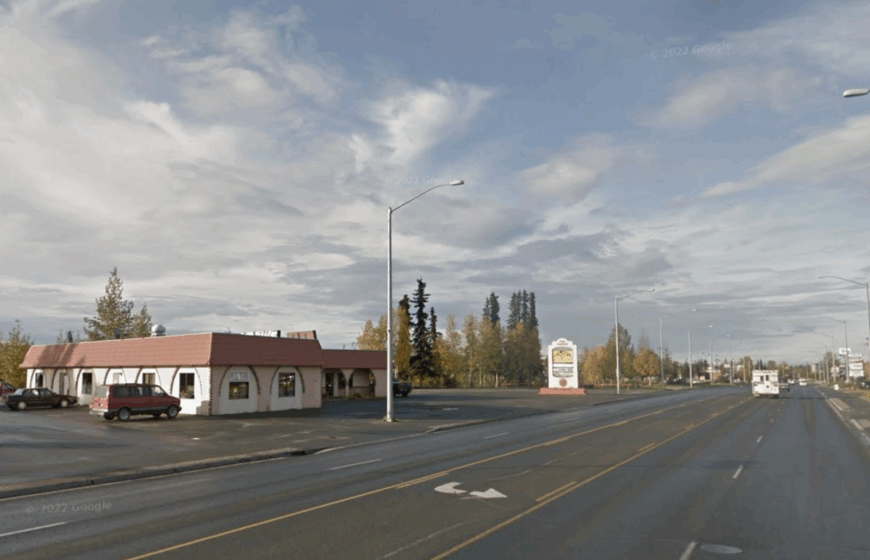
Emmonak is a village of around 800 residents, located at the mouth of the Yukon River. The town is a place where traditional Yup’ik culture thrives, with fishing being central to both the economy and daily life.
I admire how Emmonak maintains its cultural heritage amid the vast wetlands of the Yukon Delta. The seclusion here is due to its remote location and the minimal modern intrusion, allowing for a way of life that’s closely connected to the land and water.
Where is Emmonak?
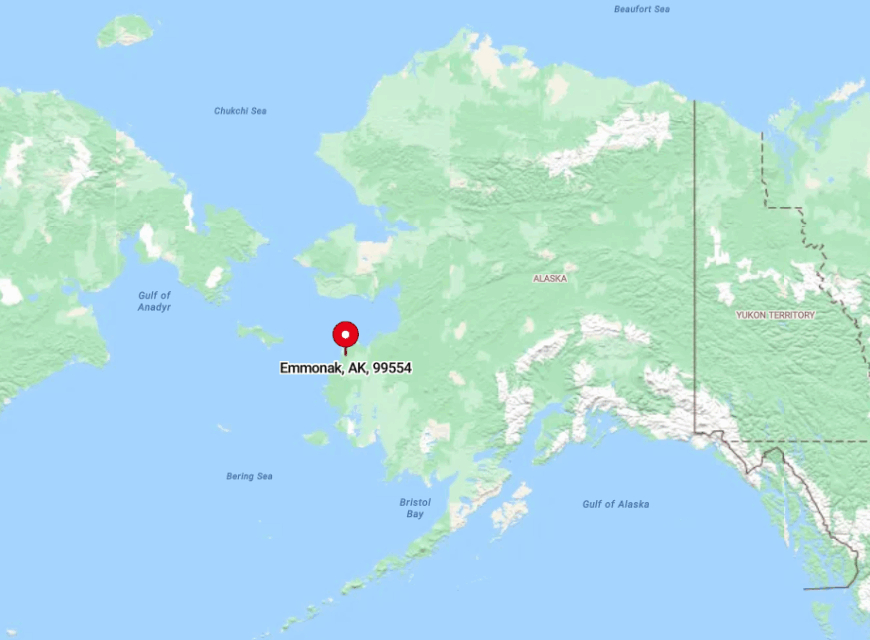
Positioned near the Bering Sea coast, Emmonak is about 10 miles from the sea and 490 miles northwest of Anchorage. The town is accessible by air and, during the summer months, by barge along the Yukon River.
The remoteness of the delta region and the lack of road access contribute to Emmonak’s secluded atmosphere. To me, getting to Emmonak involves a journey through some of Alaska’s most stunning landscapes, reinforcing its status as a secluded haven.
1. Unalakleet: A Remote Coastal Haven
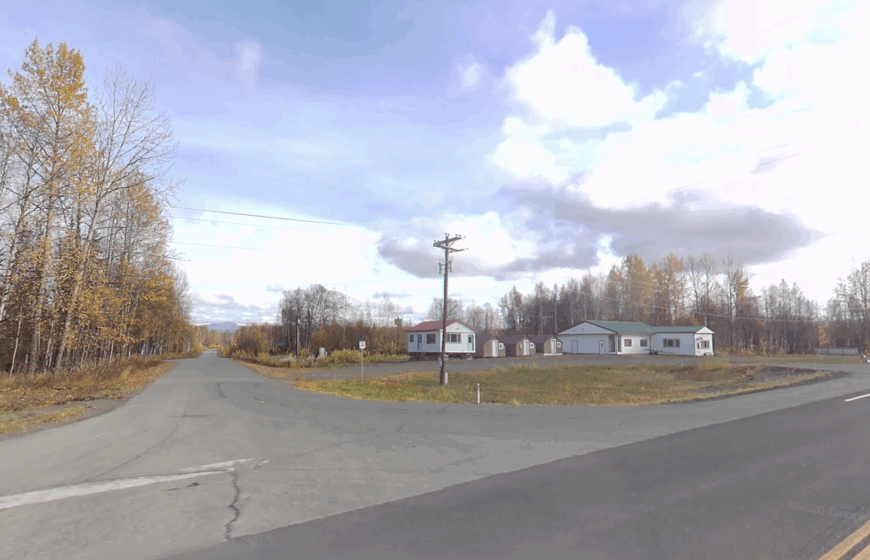
Unalakleet is the largest community on this list, with a population of about 700 people. Located along the Norton Sound, the town is renowned for its pristine natural surroundings.
I enjoy the abundance of outdoor activities here, such as fishing for salmon and trout, wildlife photography, and exploring the rugged coastline.
The main industries include fishing and tourism, but the town retains a quiet, small-town feel. Unalakleet’s seclusion comes from its remote coastal location, accessible only by air or water, and the vast wilderness that envelops it.
Where is Unalakleet?
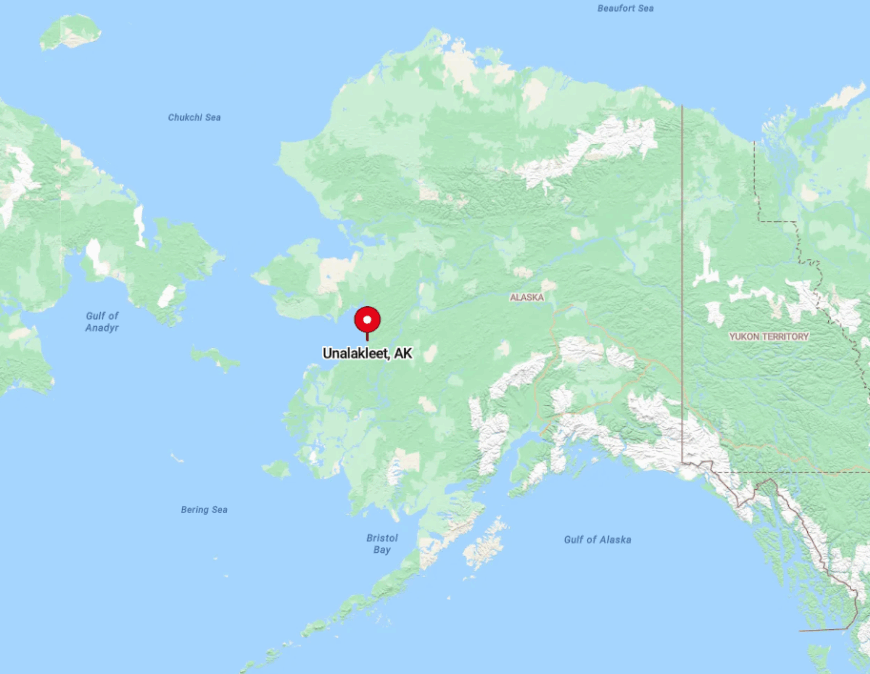
Unalakleet is situated on the northwest coast of Alaska, about 148 miles southeast of Nome. The town is accessible by air, with regular flights from Anchorage and Nome. Its seclusion is amplified by the surrounding Norton Sound and the absence of road connections to other major towns.
For me, the journey to Unalakleet is part of its allure, offering an escape to a place where the pace of life is dictated by nature and tradition.


